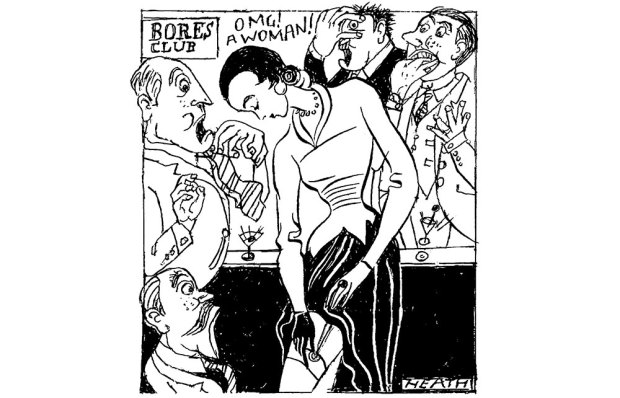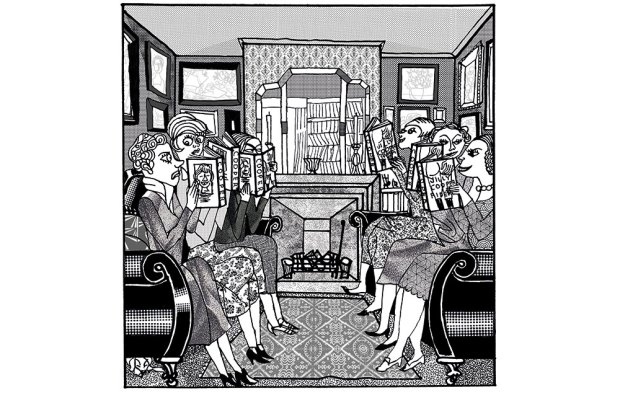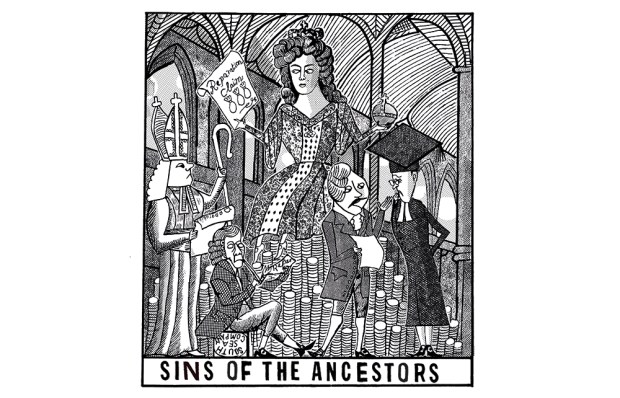The arguments for keeping trans women from participating in women’s sport are well rehearsed. As the former Olympic swimmer Sharron Davies wrote in this magazine in June, the simple truth is that men on average run faster, jump higher and are stronger than women. Their biology gives them irreversible advantages.
Even the world of chess has been pulled into the debate. Last week, the International Chess Federation banned trans women from participating in women’s matches. The English Chess Federation, on the other hand, refuses to exclude trans women. On first inspection, the decision to ban makes no sense. After all, the usual arguments of unfair physical advantages in women’s games don’t hold water. However, the truth is that differences between men and women go far beyond the physical. Cognitive differences also exist.
Exactly 40 years ago, in Frames of Mind: the Theory of Multiple Intelligences, the psychologist Howard Gardner proposed eight different types of intelligence: musical–rhythmic, visual-spatial, verbal-linguistic, logical-mathematical, bodily-kinesthetic, interpersonal, intrapersonal and naturalistic. Skilled chess players, as Gardner noted, score high in both logical-mathematical and spatial intelligences.
Logical-mathematical intelligence involves the ability to identify logical or numerical patterns and manipulate abstract information. On average, and I stress the word average, men tend to score higher in this type of intelligence. Men also tend to score higher on visuospatial abilities. In chess, like any other sport, the ability to interpret visual information and respond with an appropriate motor response is crucial. Top chess players have high levels of visual-spatial intelligence. This ability to hold the world visually in the mind is what separates a truly great chess player from a good one.
A 2019 study carried out by Chinese academics showed that males tended to outperform females ‘in both large-scale and small-scale spatial ability’. Another study concluded that ‘a high level of general intelligence and of spatial ability are necessary to achieve a high standard of play in chess’. Contrary to popular belief, patriarchal social limitations aren’t to blame for men’s domination in chess. In fact, as the authors of another study from the University of Mons noted, ‘high spatial ability of these young chess players suggested by the high performance IQs may go some way towards explaining why males tend to be more numerous than females among high-standard chess players’. Some research suggests that adult males have an advantage of somewhere between four and six points over adult females. A controversial point, I know. But please don’t shoot the messenger.
Chess is a game of recognition. Again, when it comes to recognition – pattern recognition, to be specific, one of the most important aspects involved in good chess play – males tend to score higher than females.
It might seem odd to discuss the role testosterone, the so-called ‘toxic’ hormone, plays in chess – but that’s only because testosterone is misunderstood. Although it’s true that testosterone plays a monumental role in regulating sexual desire and sexual function, it also plays a significant role in cognition; in other words, helping you think. There is a strong association between testosterone and visuospatial ability. Moreover, testosterone helps fuel competitive behaviour.
Adequate levels of testosterone have been shown to positively predict better performance in endurance-related activities. A game of chess can go on for many hours – three, four, even five. Persistence is key. Testosterone also helps memory and focus. Adult males typically have between 265 and 923 nanograms per decilitre of testosterone; adult females, on the other hand, somewhere between 15 and 70.
David C. Geary, a cognitive scientist and evolutionary psychologist who has spent most of his professional career studying the biological bases of sex differences, echoes my visuospatial point. ‘Although trans women’s physical advantages will not give them an advantage in women’s chess competitions, other factors might,’ he tells me. ‘Chess has a visuospatial component to it, in terms of learning common chess configurations and recalling them during games, which typically favours boys and men. At least some components of visuospatial abilities are related to prenatal and early postnatal exposure to sex hormones. Thus, suppressing circulating testosterone won’t negate a likely advantage of trans women in this area.’
Geary makes another point: ‘Boys and men are much more likely to become status- focused than girls and women, and with its ranking system chess seems well suited to trigger this competitive focus. The sex difference here is influenced by a combination of prenatal and pubertal hormones and will likely give trans women an advantage. Here, the advantage will result from more practice and engagement in many competitions that in turn will result in higher rankings.’
Which brings us back to the International Chess Federation’s decision. As is clear to see, it’s not transphobic. It is logical. The English Chess Federation should take note.
Got something to add? Join the discussion and comment below.
Get 10 issues for just $10
Subscribe to The Spectator Australia today for the next 10 magazine issues, plus full online access, for just $10.
You might disagree with half of it, but you’ll enjoy reading all of it. Try your first month for free, then just $2 a week for the remainder of your first year.














Comments
Don't miss out
Join the conversation with other Spectator Australia readers. Subscribe to leave a comment.
SUBSCRIBEAlready a subscriber? Log in